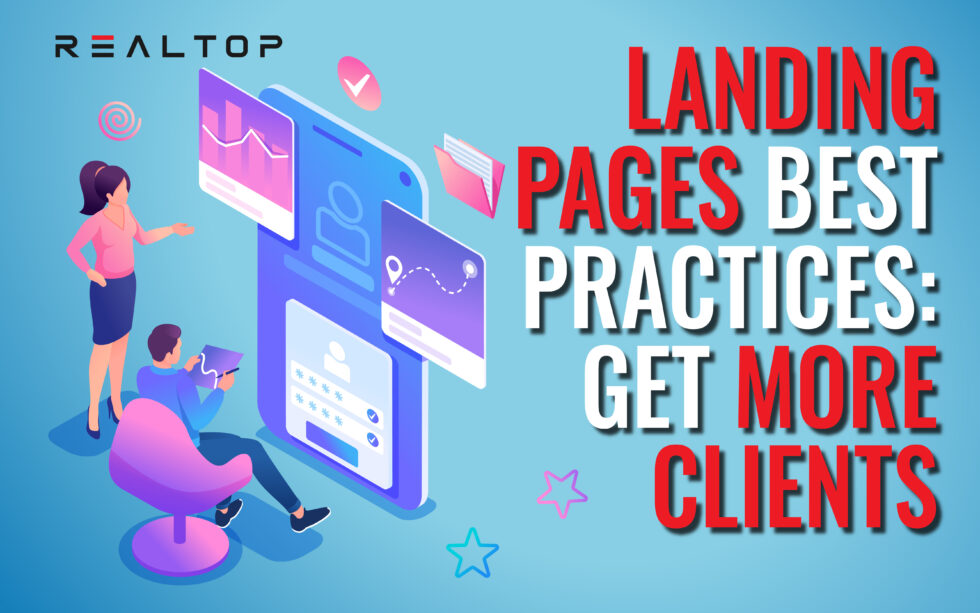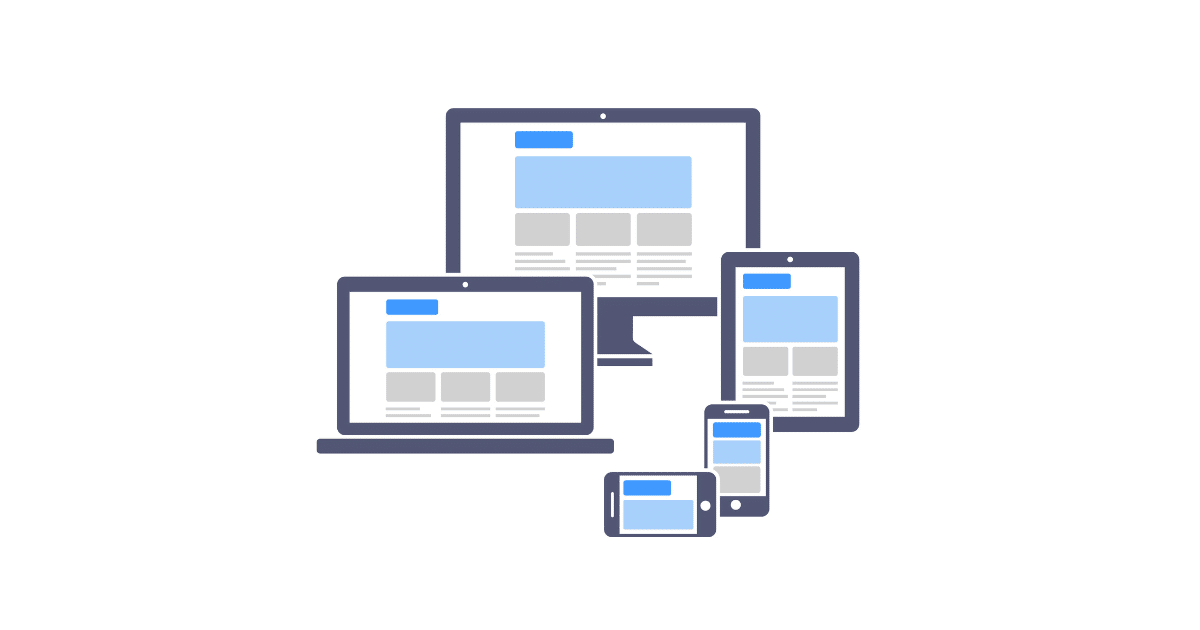9. Tracking Tools
To measure the success of your landing page, you should use tracking tools such as Google Analytics or heatmaps. Tracking the performance of your landing page will help you identify weak spots. Then, you can optimize them to provide a better user experience and increase performance. The better your landing page performs, the better it will rank organically on Google.
10. Lead Capture Forms
Including a landing page form to capture potential customers’ contact information. This should be simple and easy to fill out and include fields such as name, email address, and phone number. You can offer relevant content in exchange for the users’ information to encourage them to provide their emails. For example, you can include a downloadable ebook with relevant content around a specific topic for users that sign up using your form. Once you’ve obtained their emails, you can proceed to nurture your relationships with an email marketing strategy.
11. Testimonials
Lastly, including testimonials from satisfied customers on your landing page can help to build trust and encourage visitors to take action. This could include customer reviews, case studies, or success stories. Users are more likely to buy a product if they read positive opinions from past customers. Encourage your current customers to leave some reviews on your page about how their experience has been with your business.
What should you not do on a landing page?
To avoid offering a poor landing page experience to users, there are certain things you can do on your end. We break them down for you here.
Avoid including too many links or distractions
You should avoid redirecting users to other external or internal pages. Remember that you want them to complete the desired action. If you include too many links or elements that distract users, they might end up abandoning the page. Focus on the main purpose of the landing page.
Don’t include stock images
Stock images do not transmit credibility to users. Instead, try including original and relevant images of your business that will capture users’ attention. You might use pictures of your products or services in action to increase the chances of users buying from you.
Avoid too much information
Overloading your landing page with too much information might overwhelm or confuse users. Keep it short and sweet so that they can understand the message you wish to communicate. Try covering the main ideas in bullet points and short paragraphs. This will make your page look a lot cleaner.
Don’t include too many product options
Additionally, including too many product options on your landing page might create an internal argument for the user when deciding which one to buy. Remember that you are trying to satisfy a specific need. Include only the products that will help them with their problems and that match the content and purpose of the page. This will help the user take the final action.
How long should a landing page be?
Landing pages should only include the necessary information needed to complete the desired action. Too much information can overwhelm users, which might make them abandon your page. Try making your landing pages 250–300 words long. If your content extends too far, consider creating separate pages that link back to each other in a logical way. Remember, the less, the better.
Conclusion
Building successful and optimized landing pages is the first step in boosting sales and acquiring new customers for your business. Some landing page best practices to boost your page’s performance are:
- Defining a clear objective for your page
- Creating persuasive and engaging content
- Including a strong call-to-action (CTA)
- Highlighting the benefits of your product or service
- Including targeted keywords
- Optimizing your images
- Making your landing page mobile-friendly
- Use tracking tools to measure page performance
- Include lead capture forms on your page
- Including testimonials to build credibility
With these strategies, you will create optimized pages that serve both users and search engines, target the right customers, and encourage them to buy from you. If you need help building effective landing pages for your website, we can help! RealTop has over 15 years of experience helping business owners thrive online through targeted digital marketing strategies. Get a free marketing plan today and let us help you on your digital journey!





